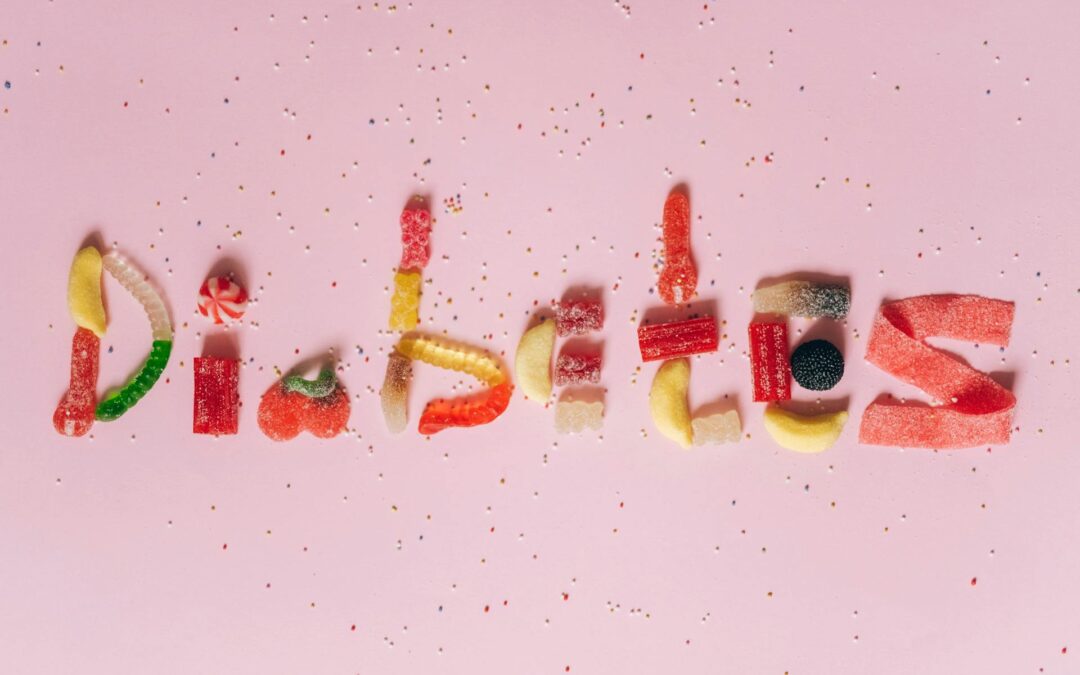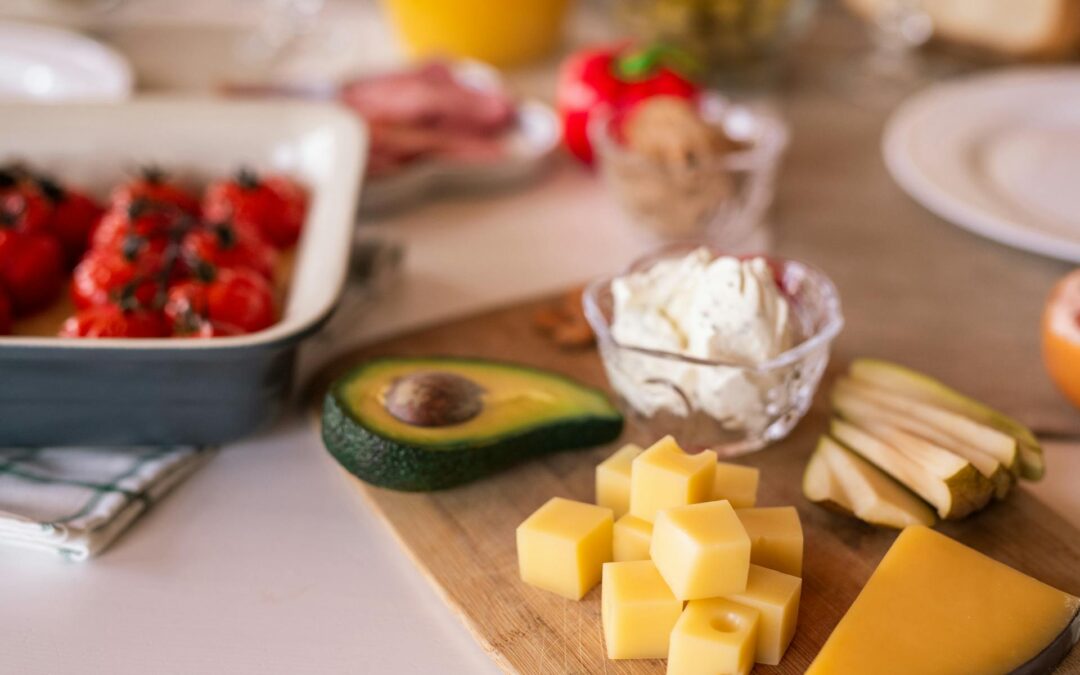Hey there! If you’re looking for a straightforward way to shed some pounds, feel more energized, and take control of your health, you’ve probably heard of the low-carb diet. It’s that popular, go-to plan for folks who want to drop weight fast—without feeling deprived all the time. The great news? It’s not as complicated as it sounds.
Whether you’re just dipping your toes into the world of low-carb eating or trying it before and need a little refresher, this guide has got you covered. We’ll talk about everything from a low-carb diet to managing cravings, meal planning, and how to keep things sustainable long-term.
Let’s jump in!
What Is a Low-Carb Diet, Exactly?
So, what’s the deal with low-carb diets? In a nutshell, a low-carb diet means you’re limiting the number of carbohydrates you eat. Your body usually burns carbs for energy, but when you reduce them, your body shifts to burning fat instead. Hello, weight loss!
A typical low-carb diet limits your intake to between 20-100 grams of carbs a day, depending on how strict you want to be. The idea is that by reducing carbs, your insulin levels will drop, and your body will use fat as its primary fuel source instead of glucose (which comes from carbs). That’s what makes it such an effective weight-loss strategy. (1)
Types of Low-Carb Diets
There’s more than one way to go low-carb. Here are the most popular types:
- Keto Diet: Extremely low in carbs, usually under 20-50 grams per day. This diet aims to get you into ketosis, a state where your body burns fat for fuel.
- Atkins Diet: You start with very low carbs and slowly increase them as you near your weight loss goals.
- Paleo Diet: While not exclusively low-carb, the Paleo diet focuses on whole foods like meat, fish, vegetables, and fruits while excluding grains, sugars, and processed foods.
You don’t have to follow one specific type to succeed. Find what works best for you, your goals, and your lifestyle.
How Does It Help With Weight Loss?
Okay, so let’s break down the science stuff real quick. When you reduce carbs, your body’s insulin levels drop. Insulin is a hormone that helps your body store fat. So, less insulin means less fat storage. Instead, your body uses the fat it’s been holding on to for energy. And that, my friend, is how you start losing weight.
But there’s more to it! Low-carb diets are also known for:
- Reducing appetite: Since you’re stabilizing your blood sugar levels, those crazy carb cravings and hunger pangs go away.
- Boosting metabolism: Your body becomes a fat-burning machine over time, which can speed up weight loss.
What Results Can You Expect?
The results from a low-carb diet can vary depending on how much weight you want to lose and how closely you follow the plan. That said, many people see significant weight loss in the first couple of weeks, particularly if they’re cutting carbs to under 50 grams per day.
In some cases, people drop anywhere from 5-10 pounds in the first week, though this is often due to losing water weight. After that, weight loss tends to continue at a steady pace, with an average loss of 1-2 pounds per week.
Benefits of a Low-Carb Diet (Beyond Weight Loss)
When you think of low-carb diets, weight loss is probably the first thing that comes to mind. But there’s more to it than just shedding pounds. Here are some of the other perks you can look forward to: (2)
1. Reduced Cravings and Hunger
Low-carb diets help stabilize your blood sugar levels, meaning you won’t experience those mid-afternoon slumps or intense sugar cravings. Say goodbye to that post-lunch doughnut temptation!
2. More Energy and Mental Clarity
If you’ve ever felt like you needed a nap after eating a heavy meal (we’ve all been there!), you’ll appreciate this one. A low-carb diet can help maintain more consistent energy levels throughout the day. And because you’re not experiencing blood sugar spikes and crashes, many people also report feeling more focused and mentally sharp.
3. Better Blood Sugar Control
Low-carb diets are especially effective for people with insulin resistance or type 2 diabetes. By reducing your intake of carbs, your blood sugar levels become more stable, which can help improve insulin sensitivity over time.
4. Reduced Bloating and Inflammation
Carbohydrates, especially refined ones, can cause water retention and bloating. By cutting back on carbs, many people notice a flatter stomach within just a few days. You might even notice your rings fit better or less puffiness around your face.
5. Long-Term Health Benefits
Sticking to a low-carb diet can offer benefits that go beyond the scale. Research suggests that low-carb diets can help improve heart health, reduce inflammation, and support healthy aging. If you’re interested in the science behind it, this article from Healthline has you covered.
Step-by-Step: How to Start a Low-Carb Diet
If the idea of cutting out carbs sounds intimidating, don’t worry. The key is approaching it step-by-step, allowing your body to adjust gradually.
1. Set Realistic Goals
First things first: what do you want to achieve? Whether it’s dropping a few pounds or improving your overall health, having a clear goal will help keep you motivated. Write it down and remind yourself why you started whenever you feel tempted by that pasta dinner.
2. Gradually Reduce Your Carb Intake
Don’t feel like you have to ditch all carbs overnight. Start by eliminating obvious high-carb foods like bread, pasta, and sugary snacks. Replace them with low-carb alternatives like leafy greens, eggs, and proteins.
Here’s a simple strategy:
- Week 1: Cut out sugary snacks and drinks.
- Week 2: Swap out refined grains like white bread and pasta for veggies and proteins.
- Week 3: Start tracking your carbs to make sure you’re staying within your daily limit.
By easing into the diet, you’ll give your body time to adapt, making the transition smoother. And if you slip up here and there, don’t worry—progress over perfection is key.
3. Plan Your Meals
It’s way easier to stay on track if you have a plan. Take some time each week to figure out what meals you’ll be having. Planning makes it less likely that you’ll end up eating something carb-heavy just because you’re hungry and unprepared.
Your plate should be filled with:
- Proteins: Chicken, fish, beef, pork, eggs
- Non-starchy veggies: Spinach, broccoli, cauliflower, peppers
- Healthy fats: Avocados, olive oil, coconut oil, nuts
Don’t be afraid to get creative in the kitchen! Low-carb meals don’t have to be boring. Once you get the hang of it, you might find that you love the variety. (3)
4. Stay Hydrated (And Watch Your Electrolytes)
As your body adjusts to a low-carb diet, you’ll likely lose more water and electrolytes than usual. This is one of the reasons why some people experience what’s known as the “keto flu”—a set of symptoms that can include fatigue, headaches, and irritability.
To combat this, make sure you:
- Drink plenty of water throughout the day.
- Add a pinch of salt to your food to replenish sodium levels.
- Consider an electrolyte supplement, especially in the first few weeks.
Best Foods to Eat on a Low-Carb Diet
One of the best things about a low-carb diet is that you still get to eat delicious, satisfying foods. You just have to make sure you’re picking the right ones. Here’s a breakdown of what to include on your shopping list:
Low Carb Staples
- Vegetables: Focus on non-starchy options like leafy greens, cauliflower, zucchini, and peppers. These are low in carbs but packed with nutrients.
- Proteins: Eggs, chicken, beef, fish, and pork are all excellent protein sources that are naturally low in carbs.
- Fats: Healthy fats are essential for staying full and energized on a low-carb diet. Stock up on avocados, olive oil, coconut oil, and butter. Don’t forget nuts and seeds, but keep portions in check as they can add up in carbs quickly.
- Low-Carb Fruits: If you’re craving something sweet, reach for berries like strawberries or raspberries. They’re much lower in carbs than fruits like bananas or apples.
Foods to Avoid
On the flip side, here are some high-carb foods you’ll want to skip:
- Bread, pasta, rice
- Potatoes and other starchy veggies
- Sugary snacks like cookies, cakes, and candy
- Soda, fruit juice, and sweetened beverages
If you’re ever unsure about whether something is low-carb or not, just check the label or do a
Sample Low-Carb Meal Ideas
- Breakfast: Scrambled eggs with spinach and feta cheese, served with avocado slices.
- Lunch: Grilled chicken salad topped with olive oil and vinegar dressing.
- Dinner: Baked salmon with roasted asparagus and a side of cauliflower mash.
- Snacks: Greek yogurt (unsweetened), nuts, or veggie sticks with hummus.
You don’t have to limit yourself to boring meals. Get creative! Pinterest is a goldmine for low-carb recipes if you need some inspiration.
Managing Carb Cravings
Cravings can hit hard, especially in the beginning. But don’t worry; it’s perfectly normal to experience them! Here are some tips to help you keep your carb cravings in check:
1. Stay Full and Satisfied
Make sure you’re eating enough protein and healthy fats. These macronutrients are more filling and can help keep you satisfied longer. Think of them as your new best friends!
2. Keep Low-Carb Snacks on Hand
Whenever those cravings strike, it’s best to be prepared. Stock your pantry with low-carb snacks like:
- Cheese sticks
- Hard-boiled eggs
- Raw veggies with dip
- Nuts or seeds (in moderation)
3. Meal Prep and Plan Ahead
Preparing meals in advance can help you stick to your low-carb goals, especially during busy or stressful times. Devote a few hours each week to meal prep, and you’ll thank yourself when hunger strikes.
4. Stay Hydrated
Sometimes, what we think is hunger is dehydration. Make it a habit to drink plenty of water throughout the day, and you may find your cravings lessen significantly.
5. Track Your Progress
Keep a journal or use a food-tracking app to monitor your carb intake, weight, and how you feel. This accountability can be super helpful in making adjustments as needed and staying on track.
Common Challenges and How to Overcome Them
Even with the best intentions, starting a low-carb diet can come with its own set of challenges. Here’s how to tackle a few common roadblocks:
1. The Keto Flu
If you’re diving straight into a very low-carb (keto) diet, you might experience what’s often called the “keto flu.” This includes symptoms like fatigue, headaches, and irritability as your body adjusts to burning fat for fuel instead of carbs. To ease into this transition:
- Stay hydrated
- Get enough electrolytes (sodium, potassium, magnesium)
- Consider easing into a low-carb lifestyle instead of going cold turkey.
2. Social Situations
Eating out with friends or family can be tricky. When dining out:
- Look for grilled meats and vegetables on the menu.
- Don’t be afraid to ask for modifications—most restaurants are happy to accommodate dietary preferences!
- Bring your low-carb snacks if you’re unsure about the options available.
3. Slip-Ups and Setbacks
Life happens, and there will be times when you slip up or indulge in a carb-heavy treat. Instead of beating yourself up, remember that progress over perfection is key! Simply get back on track with your next meal.
FAQs About Low-Carb Diets
1. How fast can you lose weight on a low-carb diet?
Weight loss can vary based on your starting point and how strictly you follow the diet. Many people lose between 2-10 pounds in the first two weeks, especially if they are consuming under 50 grams of carbs per day.
2. Can I eat fruits on a low-carb diet?
Yes, but focus on low-carb fruits like berries. Fruits like bananas and apples are higher in carbs and should be eaten in moderation.
3. Is a low-carb diet safe for everyone?
While a low-carb diet is generally safe for most people, those with existing medical conditions like diabetes or kidney issues should consult a healthcare provider before starting.
4. What is the keto flu, and how can I avoid it?
The keto flu refers to symptoms like fatigue, headaches, and irritability experienced during the first few days of transitioning to a low-carb diet. Staying hydrated and consuming electrolytes can help alleviate symptoms.
5. Can I drink alcohol on a low-carb diet?
Yes, but opt for low-carb alcohol options such as dry wines or spirits like vodka and whiskey, and avoid sugary mixers.
The Bottom Line
A low-carb diet offers a straightforward yet highly effective approach to fast weight loss and improved metabolic health. By following the steps outlined in this guide, you’ll not only see physical results but also experience long-term benefits like improved energy, mental clarity, and reduced cravings.
With the right mindset, proper planning, and commitment, a low-carb lifestyle can become a sustainable and enjoyable way to live. So, take the first step today, embrace the benefits of low-carb eating, and enjoy the transformation!
If you’re serious about transforming your life with a low-carb lifestyle, now’s the perfect time to dive deeper. Get our exclusive offer: Buy one eBook and get 4 for FREE! Packed with meal plans, recipes, and expert tips, these eBooks will make your low-carb journey easier and more sustainable.
Don’t miss out— Click HERE to grab your bundle today and start your low-carb lifestyle the right way!







0 Comments